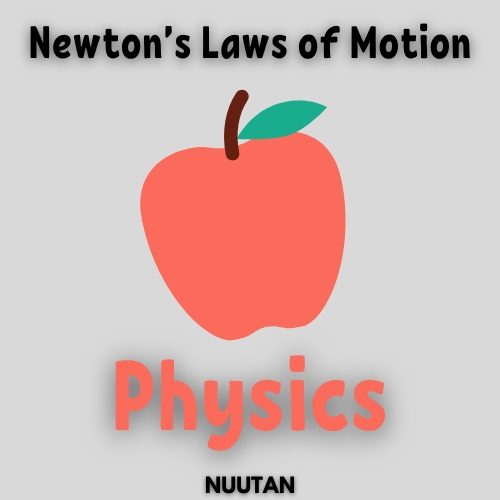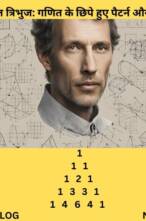Newton’s Laws of Motion:
Introduction
The basic concept of mechanics says that a force applied in one place can overcome gravity, friction, and other types of resistance to move something in another. This physical rule has been known for a long time, and engineers have made tools that make its effect bigger so that more resistance can be beaten with less effort.
Archimedes, a Greek scientist, was one of the first people to make progress in understanding the math behind physics. The story goes that he got his idea while taking a bath and watching how the water moved. He found that the amount of force needed to move an item depends on how close it is to a fulcrum. This was useful for hydraulics and the basics of leverage.
In the 1500s, Nicolaus Copernicus, Galileo Galilei, and Johannes Kepler changed how people thought about the solar system and the rules for how planets move. In addition to astronomical data, they did tests with moving bodies, learned about inertia, and looked at how force changes over distance.
In 1665, Sir Isaac Newton started a twenty-year process of study and testing that led to a set of general physical science principles. Newton’s “Philosophiae Naturalis Principia Mathematica“, which was published in 1687, was the culmination of his work on the math behind how things move and interact. These ideas and methods are still very important in science and engineering.
Newton’s three laws of motion
- First law: An object at rest or in motion maintains its existing condition unless acted upon by an outside force.
- Second law: According to the second law, a body’s external force is determined by multiplying its mass by its acceleration.
- Third law: Every action has an equivalent and opposing reaction.
Fast Fact:
Now, to understand mechanics, it is necessary to know three different sets of theories:
(1) Newtonian mechanics for everyday items;
(2) Quantum mechanics for how subatomic particles move; and
(3) Einstein’s relativistic ideas for how far away things are.
Just what is work, anyway?
No matter how much scientists develop and perfect Newton’s principles and their implications, motion remains the primary focus of all of mechanics. There is a close relationship between the idea of work and all three of Newton’s principles of motion.
A scientist defines work as a transfer of energy between two objects, and motion as the result of external force acting at least partially in the direction of movement. Therefore, in a society that is dependent on machines, work could involve compressing a gas, moving an object, providing leverage, or any number of other actions or processes.
Newton’s rules of motion also talk about force and inertia, which are also very important ideas. Force is any action that can keep an item moving, change its motion, or make it move in a different way. Both the size and direction of the force are there. Inertia is a quality of a body that makes it hard to start or stop moving.
We appreciate you reading it out on nuutan.com.











